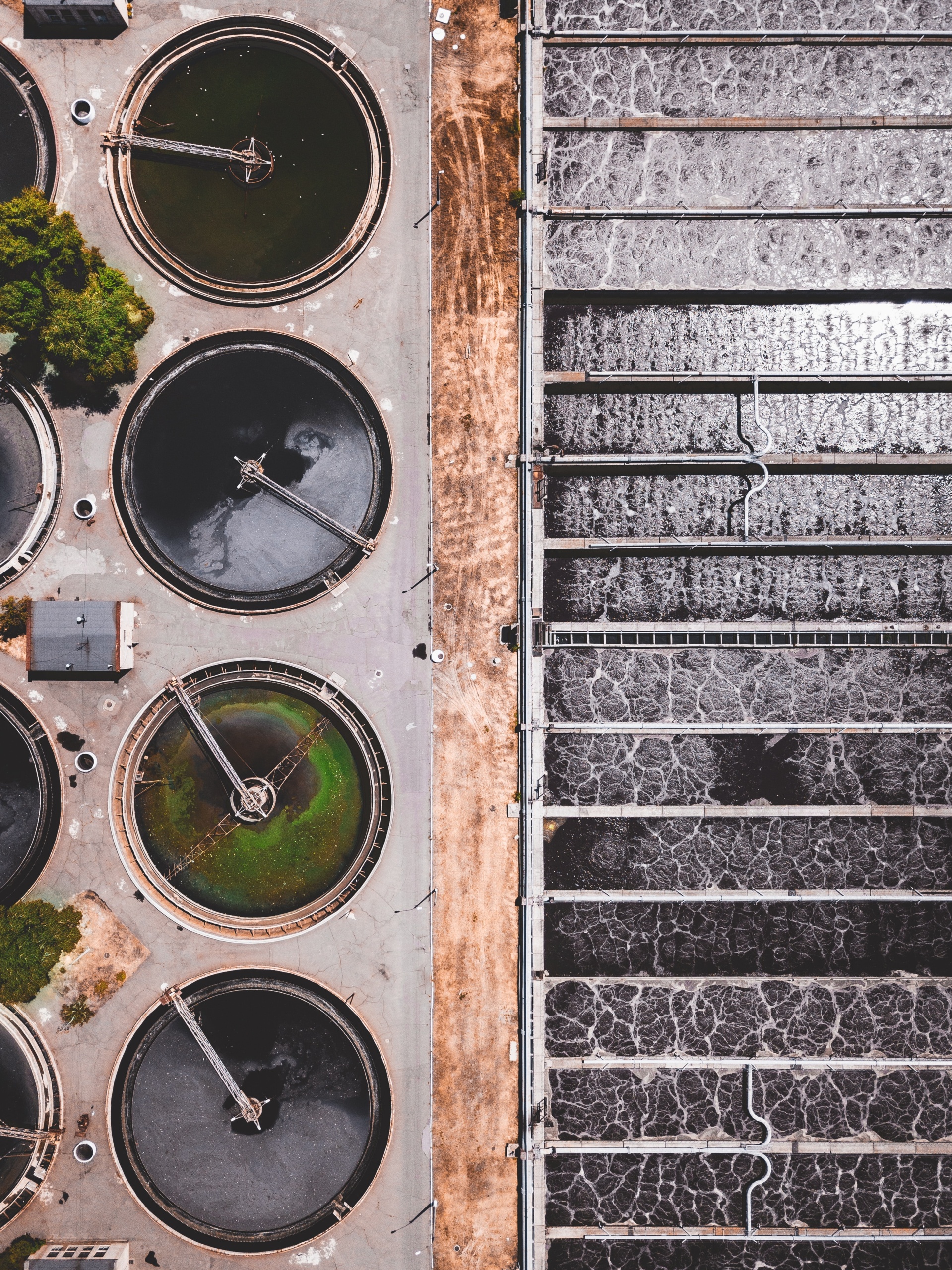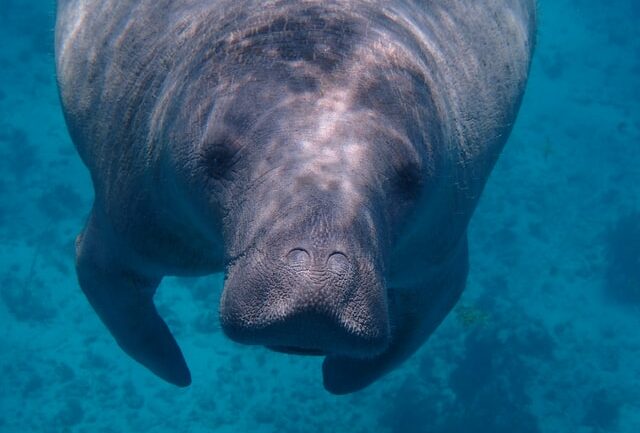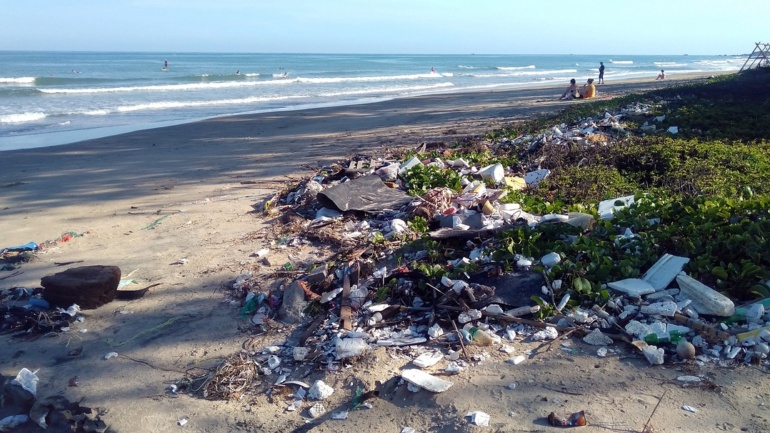By Sakshi Kabra Malpani, Publishing Associate: Researcher and Writer at Save the Water™ | June 09, 2023
Sand filtration is an old yet sustainable and cheap water purification technique. Water pollution and lack of access to safe drinking water by 80% of rural people is a serious global concern. But sand filtration can improve water quality in rural, low-resource areas. Specifically, this method removes suspended particles and dissolved organic chemicals from wastewater. In addition, sand-filtration reduces turbidity, taste, and foul smelling problems.
Design of Sand Filters
Sand filters are composed of the following basic components:
- Sand filters are made up of 2-3 feet deep concrete or plastic columns filled with filter media. Filter media is a mixture of fine and coarse sand. Small pebbles and gravels help hold filter media.
- Small rocks are placed at the bottom, followed by pebbles and filter media on the top layer covered with a diffuser plate.
- The waste or contaminated water is poured from the top of the column, flowing constantly in regular intervals through a diffuser plate. The flow rate is maintained by a pump or a pressure transmitter.
- Purified water is collected from the bottom of the column through a vent. The filter media should be cleaned, made uniform in size, and loosely packed. Additionally, it should allow wastewater to flow through it.
- The filters can be enclosed in a glass fiber jacket, black plastic, or aluminum foil to prevent algal growth.
- Further, for better performance, screen filters are placed below filter media to avoid release of suspended particles like soil, decaying organic material into water.
How do Sand Filters Work?
These filters only work if certain criteria is met:
- Wastewater should be treated to remove suspended contaminants and prevent filters from choking.
- Wastewater should be evenly spread on the surface of the media filter by using a channel of distribution pipes.
- Natural, physical, chemical, and biological processes combine to treat wastewater when it flows down the filter column because of gravity. Usually, the majority of treatment happens within 6 to 12 inches of the filter column.
- Organic impurities break down in the filter and stick on the filter media through adsorption in the first layer of filter known as the biofilm layer. Microorganisms like bacteria or worms present in the sand bed help break down these impurities.
- Physical and chemical processes that occur during this process are screening, sedimentation, adsorption, diffusion, and flocculation. By contrast, biological processes include natural death, scavenging, metabolic decay, predation, and many more.
- When contaminant species are heavier than water, they may settle onto the filter media through sedimentation.
Types of Sand Filters
Three types of sand filters are most common: buried; open or intermittent; and recirculating.
First, buried sand filters are built onsite and buried 4 to 5 feet deep in the soil. The entire unit is kept in a leak-proof chamber. Underdrain pipes and a layer of crushed rock are placed at the bottom of the filter bed and finer gravel layer on the top.
Next, open or intermittent sand filters are about 2 feet deep. These filters are placed partially above the ground. These filters contain more than two filter beds in a sequence either in single line (series combination) or across each other (parallel combination) which allow partial working of the filter around the clock. To safeguard filters from fouling smell, extreme weather conditions, and tedious maintenance, we can cover these filters.
Lastly, recirculating sand filters are modified versions of open sand filters and can solve foul odor problems. Specifically, these types of sand filters increase the oxygen content in the wastewater. In this filter, wastewater flows from a septic tank to a recirculation tank containing a pump, float valves, and a timing mechanism. The wastewater is pumped to the filter at regular intervals. After treatment is finished, a portion of treated water is directed back to the septic tank, mixed with wastewater, and then recirculated to the sand filter. Thus oxygen level increases in wastewater and odor is eliminated.
Currently, rapid sand filters amended with granular limestone have been used to eliminate nanoplastics from wastewater. On top of this, sand filters enriched with coke, gypsum, coal, biochar, and activated carbon have been designed to remove harmful chemicals from wastewater.
Factors Influencing Efficiency of Sand Filtration
The efficiency of sand filtration is influenced by several factors. First, it is important to pretreat the wastewater before filtering it with sand filters. This can be done by using screens, septic tanks, or aerobic units to remove suspended solids. Failure to do so can lead to clogging of the filter beds.
Second, the filter media used in sand filters also plays a crucial role. Factors such as size, composition, and uniformity of the filter media can affect the filter’s performance. Before using the filter media, it is essential to check its solubility, acid strength, and hardness. The grains of the media should be of uniform size and shape, properly sieved, and washed. Ideally, the size of the media should range from 0.3 to 3 mm in diameter for effective wastewater treatment. Using media that is either too coarse or too fine can lead to inefficiencies, as coarse particles won’t effectively filter small impurities, while fine particles can clog the filter bed.
Third, the loading rate of organic contaminants such as (herbicides, pesticides and many more) in the wastewater can also impact the filter’s performance. If there is a high concentration of organic material, the filter may not be as effective in removing impurities.
Furthermore, the loading rate of water, as well as the dose and frequency at which wastewater is fed into the sand filter, can affect its efficiency. If large amounts of wastewater are introduced too frequently, the filter may not be able to adequately remove pathogens and other contaminants from the water.
Lastly, the general climate and temperature conditions can also influence the functioning of sand filters. In frozen climates or lower temperatures, recirculating and open filters may not work as effectively.
Pros and Cons of Sand Filters
Sand filters have the following benefits:
- a) They are high-quality, economical, safe, easy to set up, and can be operated in a hassle-free manner.
- b) They require low maintenance and are energy efficient.
- c) Part-time staffers and volunteers can also operate these filters.
- d) They can easily filter liters of wastewater in environmentally sensitive areas.
In spite of the above, some drawbacks are also associated with sand filters as given below:
- a) Open filters become dirty and less effective after prolonged use and require covers to protect them.
- b) Recirculating and open filters are tedious to operate in frozen regions.
- c) These filters are not effective when operated independently. They should be operated in combination with some pretreatment methods for better results.
What can be Done to Promote Sand Filtration Technique?
- Government should encourage people through public campaigns to use this technique more often.
- We should regularly clean sand beds of sand filters and remove top layers for regular maintenance.
- We should regulate dosage of wastewater to provide the filter sufficient time to drain for better performance.





